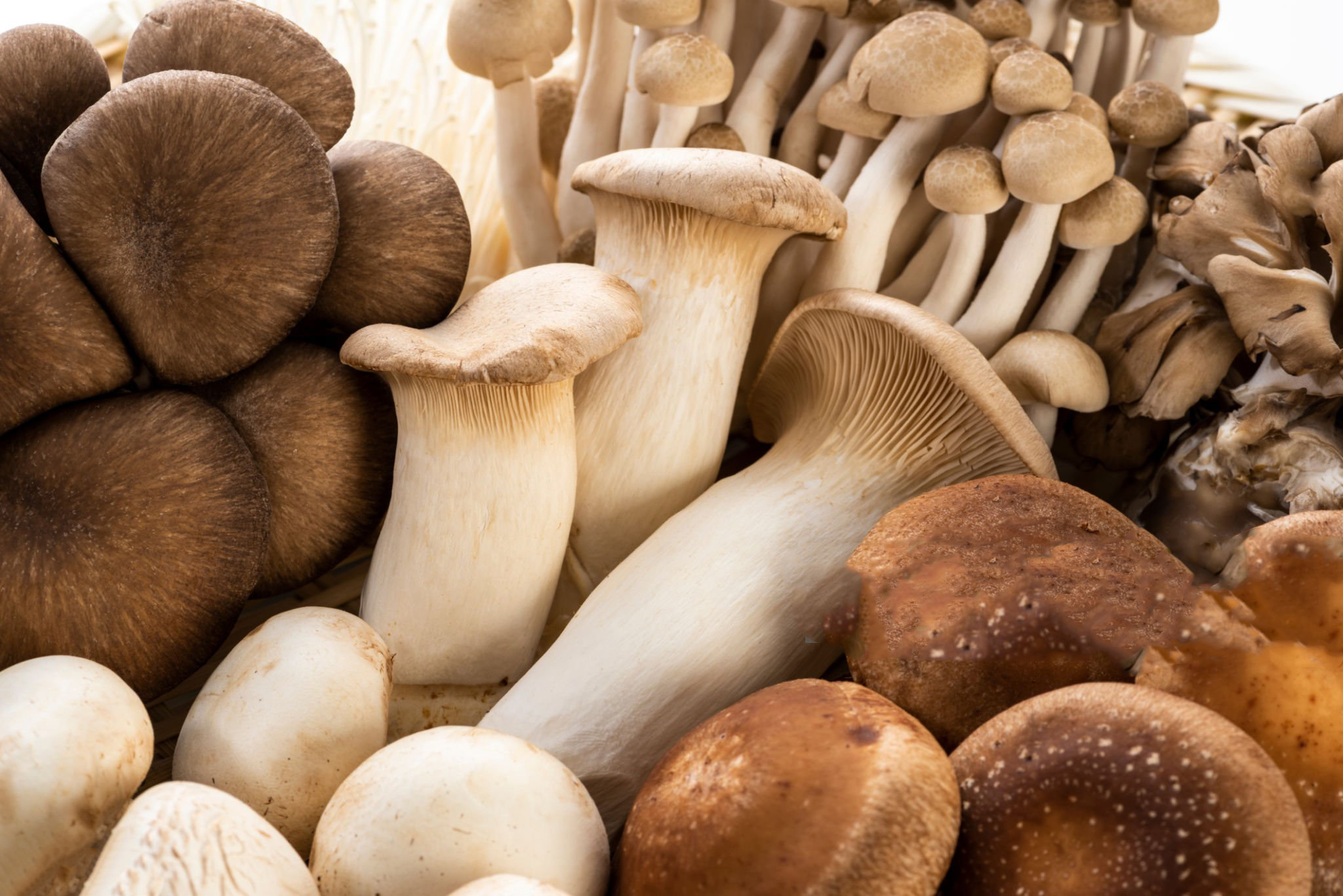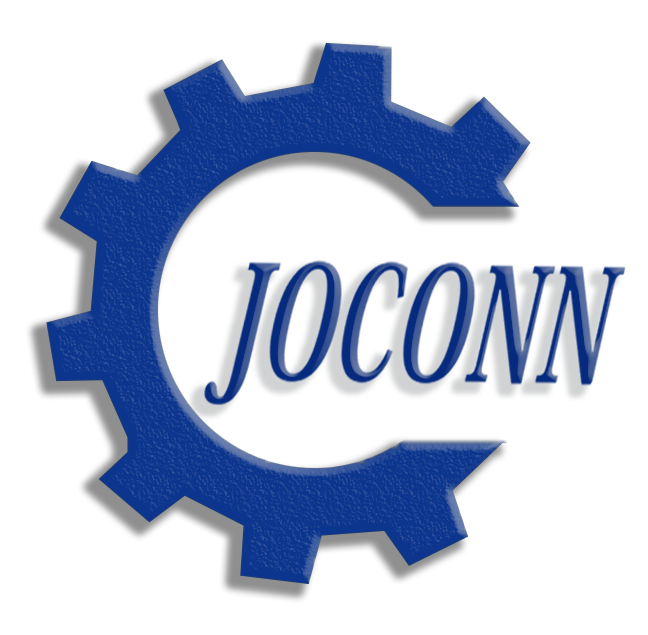Edible mushroom cultivation involves several essential technical steps, including substrate selection, the use of quality mushroom strains, and precise control of temperature and humidity. These aspects collectively determine the success of mushroom cultivation. Below is an overview of the core concepts:
The Core of Cultivation ŌĆö Substrate
The substrate is the foundation of mushroom cultivation and a critical factor affecting yield and quality.
Unlike green plants that rely on photosynthesis for growth, edible mushrooms derive nutrients entirely from the substrate. Using their enzymatic system, they decompose organic substances such as lignocellulose in the substrate to absorb nutrients and build their structure, ultimately forming edible fruiting bodies.
The Importance of Substrate:
In mushroom cultivation, the substrate is equivalent to soil for plants. It provides all the nutrients necessary for mushroom growth. Choosing the right substrate material directly impacts the quality and yield of the mushrooms.
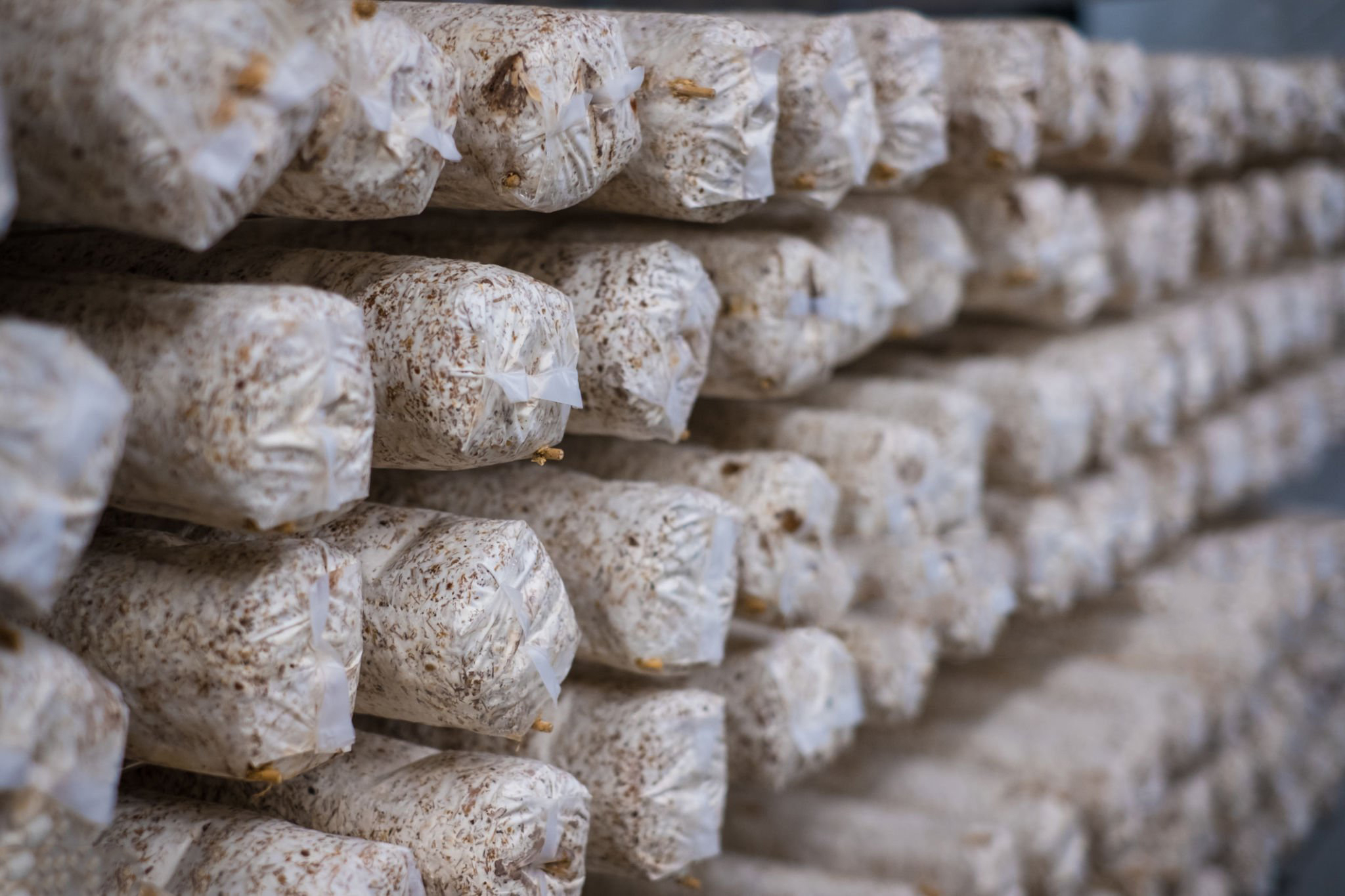
2. Sources of High-Quality Substrate
Efficient use of substrates is inseparable from the concept of circular agriculture. The mushroom industry can integrate with farming and animal husbandry to maximize resource utilization.
Main Sources of Substrate:
Crop Residues: Materials such as corn cobs, corn stalks, rice straw, soybean stalks, and cotton stems are commonly used as substrate components.
Agricultural By-products: Substrate residues from mushroom cultivation can also be repurposed.
Advantages of Circular Utilization:
Enhances Value of Waste: Using crop residues to grow mushrooms not only reduces environmental pressure from agricultural waste but also increases its economic value.
Lowers Production Costs: Studies show that the rational use of these substrates can effectively reduce costs and improve efficiency, with an average efficiency increase of over 7%.
Eco-friendly and Sustainable: Reduces pollution caused by straw burning and improves agricultural ecosystems.
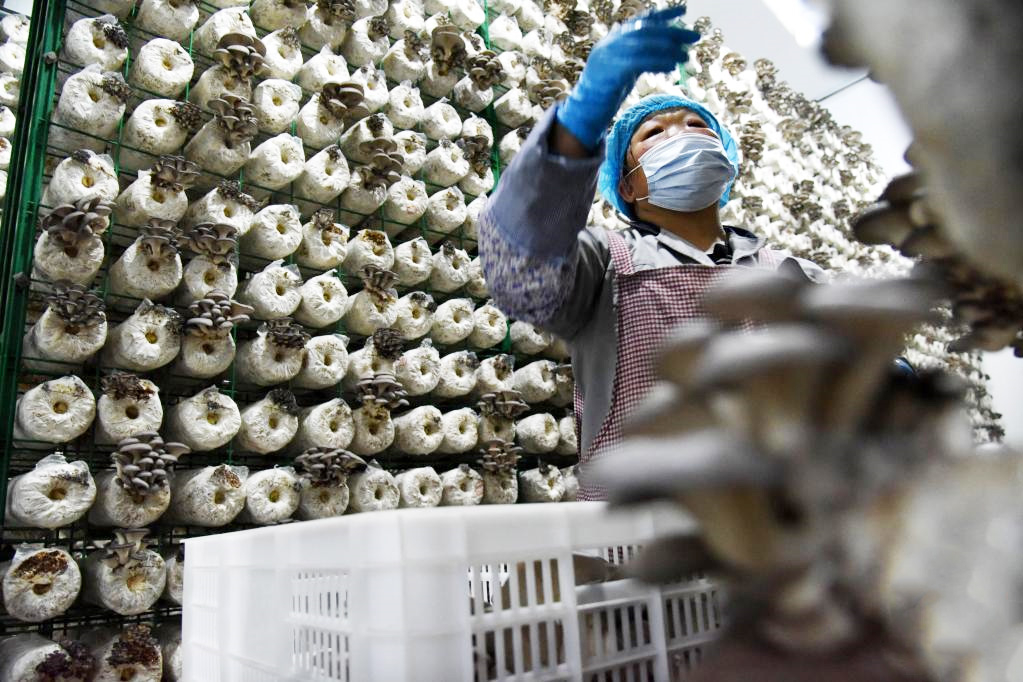
3. Multiple Uses of Substrate Residues
ŌæĀ Used as Animal Feed
Residues from straw-based substrates are rich in fungal proteins, polysaccharides, and other active substances, offering the following benefits:
Boosts Immunity: Enhances the health of livestock and poultry, reducing disease incidence.
Promotes Growth: Provides easily digestible nutrients, improving farming profitability.
ŌæĪ Used as Fertilizer
Post-harvest substrate residues serve as excellent organic fertilizers:
High Nutritional Content: Contains abundant nitrogen, phosphorus, and potassium, exceeding national organic fertilizer standards.
Improves Soil: Fermented residues can loosen soil, increase organic matter, and suppress harmful soil microorganisms.
Enhances Plant Resistance: Polysaccharides and other active components help plants resist diseases and reduce damage.
Comprehensive Benefits:
The multi-purpose development of substrate residues not only improves resource utilization efficiency but also significantly reduces agricultural production costs, achieving both economic and environmental benefits.
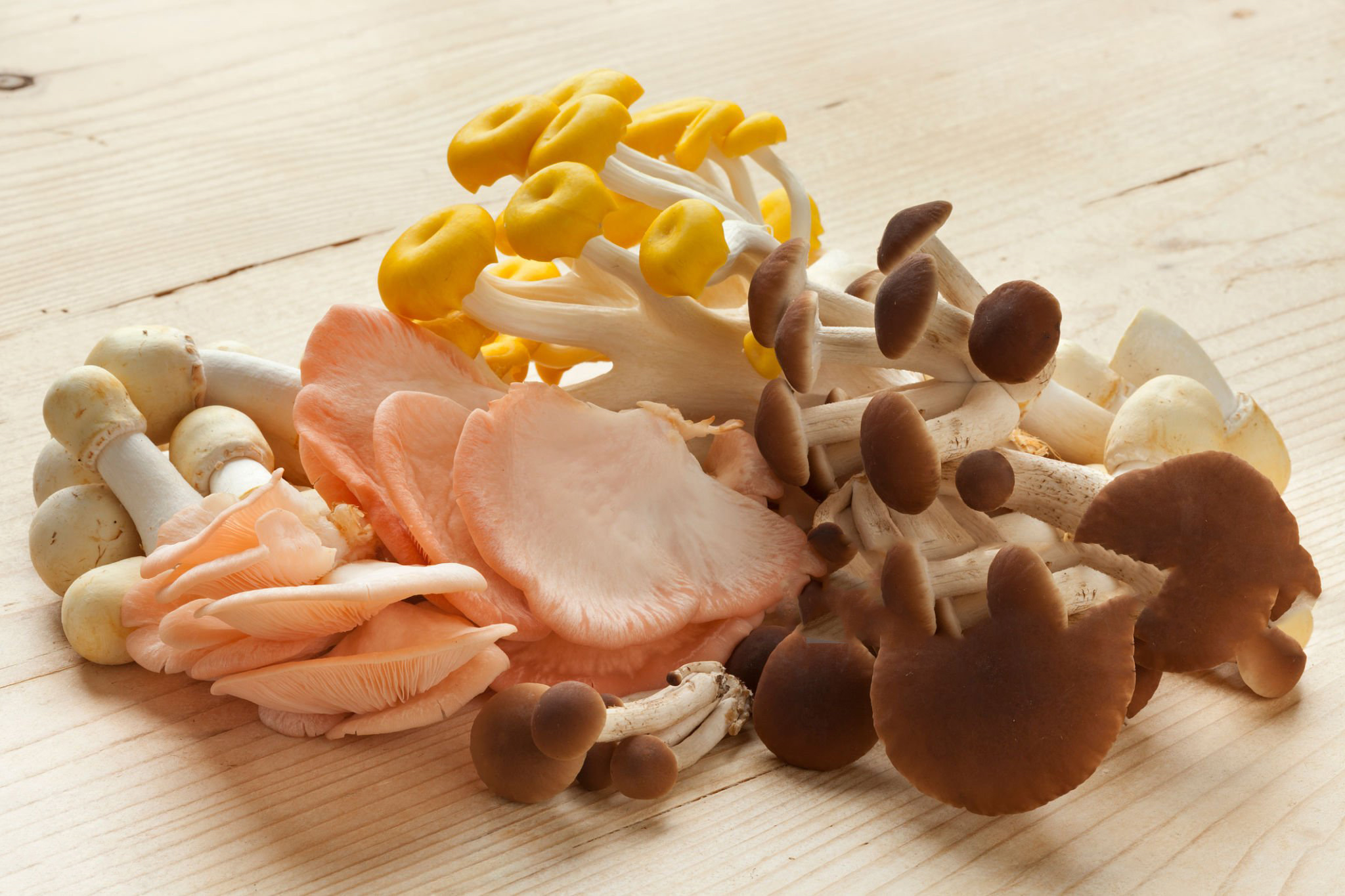
Conclusion
The core of modern edible mushroom cultivation lies in optimizing substrate use, selecting suitable strains, and scientifically managing environmental conditions. Additionally, circular use of substrates and deep processing of residues extend the agricultural value chain and enhance resource efficiency. This sustainable cultivation model not only boosts economic returns but also provides robust technical support for green agricultural development.
